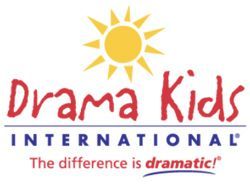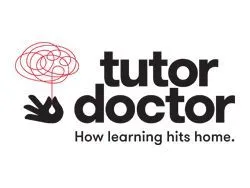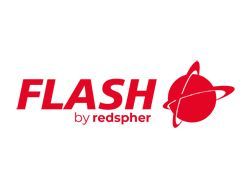Altairika Franchise For Sale - Virtual Encyclopedia
- Investment from: 8500 $
- Payback from: 6 mon.
- Turnover/month from: 5000 $
How VR can help to engage students?
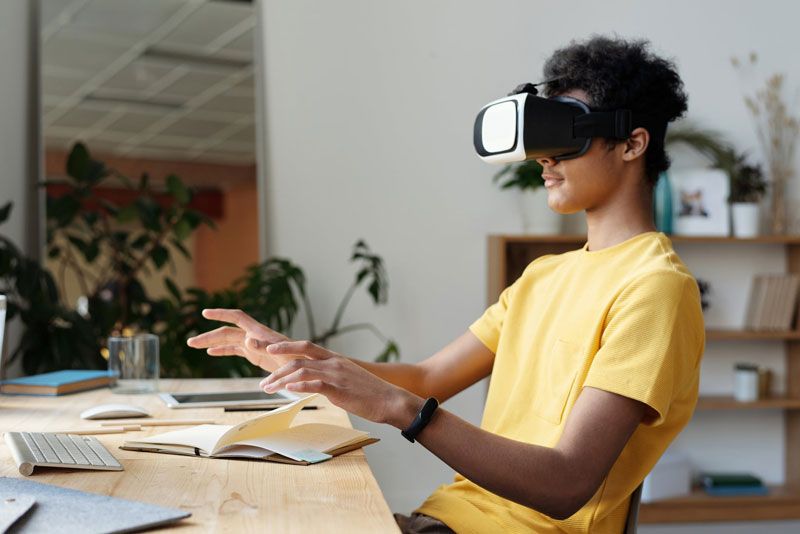
Tell me and I forget, teach me and I may remember, involve me and I learn.
Benjamin Franklin summarized the learning process when he said this.
To learn something is only possible because first, we learned how to pass forward the knowledge. It all started when we, the humankind, invented the writing and just like a videogame that starts from the last checkpoint.
Nowadays, innovative schools, inventive teachers and educational companies are looking for new ways and solutions to pass forward this knowledge. Chalk and a whiteboard are not enough.
How to involve kids in the learning process?
Is no surprise, we learn better through experiences.
For example: If someone asks you to imagine a bear, probably you will picture a random bear from movies, photos or when you saw in the zoo. However, if, in the past, you were in the woods and saw a wild bear in front of you... Then this would be a life experience. Therefore, this particular bear will stay in your mind.
That’s why a kid will never forget how to defeat the final boss in the videogame but struggles to remember formulas or chemical reactions. Once you are involved you will learn. One of the solutions is the Virtual Reality due to its incredible immersive characteristic. What happens there feels like something that you lived.
People that interact with VR see themselves disconnected from the real world. The digital becomes the new reality and to focus the attention on what is there is inevitable. In Virtual Reality, there’s no second screen effect. VR makes it possible for learn-by-doing it or learning by living it.
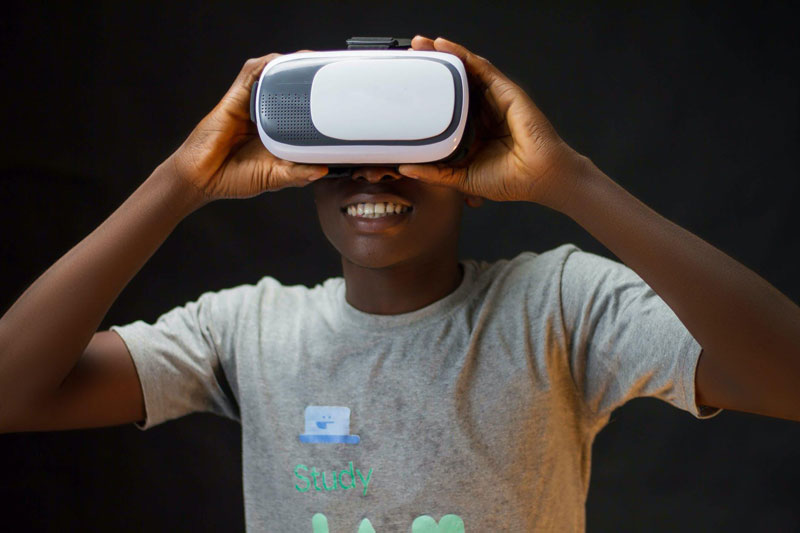
A case study from the Beijing Bluefocus E-Commerce shows how Virtual Reality can improve student's academic performance. Always applying the concept of immersion they noticed that students who were at relative low score could achieve a high score with the help of VR-based teaching. VR is capable to involve students with the content.
Educational content and Virtual Reality:
The coronavirus showed us the difficult to attract and keep the students’ attention. The second screen effect is one of the main challenges that learning institutions must face.
VR can be applied to solve this problem of focus. Once you put your VR headsets you see yourself in a digital reality that still feels like your own reality. Your digital bear in your digital forest. Here in Altairika, we made a study about the educational content in virtual reality that the market provides today:
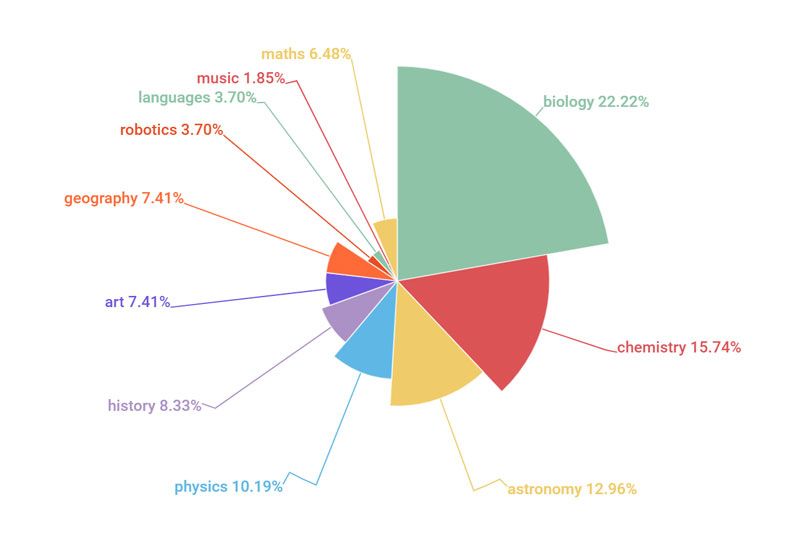
We researched VR Ed-techs companies from 7 countries (Russia, United States, Brazil, India, England, Ireland and Spain). The top 5 areas of content for VR market share are: Biology, Chemistry, Astronomy, Physics and History. Followed by: Geography (7%), Art (7%), Mathematics (6%), Languages (4%), Robotics (4%) and Music (2%).
Nevertheless, the variety of the chart, this is just a small part. The virtual reality segment is heavily under the gaming sector. Most of its innovation is towards the gaming industry.
In the education sector, VR solutions are usually made under demand. For a school can be expensive and a distant dream to innovate using virtual reality.
Here in Altairika we offer ready-to-go educational content for Virtual Reality. Scientifically accurate movies about history; astronomy; biology; mathematics and natural sciences. You can learn more about our content by visiting our online catalogue.
In Virtual Reality, it doesn't matter if you are in the digital or real world. After a couple of seconds, you sure will involve, learn and have fun.
Learn more about Altairika franchise

Written by
Vasil Gazizulin
Founder of Topfranchise.com
CEO Expedition 2009 - 2014
Author of a book «GROW WITH A FRANCHISE»
of franchise
business

 USA
USA India
India Canada
Canada The UK
The UK Indonesia
Indonesia The Philippines
The Philippines Australia
Australia The UAE
The UAE Saudi Arabia
Saudi Arabia South Africa
South Africa Germany
Germany Pakistan
Pakistan Singapore
Singapore Malaysia
Malaysia